Hi there, pet lovers! 🐍
For reptile enthusiasts seeking a snake that combines striking beauty, fascinating behavior, and manageable care requirements, the Brazilian Rainbow Boa (Epicrates cenchria) stands out as a mesmerizing choice. Known for their iridescent scales that shimmer like a rainbow under light, these snakes offer a unique blend of elegance and strength. While they require specific care, their manageable size and captivating presence make them a rewarding pet for dedicated keepers.
In this comprehensive review, we’ll explore everything you need to know about Brazilian Rainbow Boas—from their temperament and handling to their habitat needs, health considerations, and more. Whether you’re a first-time snake owner or an experienced herpetoculturist, this guide will help you determine if this stunning serpent is the right fit for you.
Overview
Brazilian Rainbow Boas are medium-sized, semi-arboreal snakes native to the rainforests of South America. Their dazzling iridescence and powerful build make them one of the most visually striking snakes in the reptile hobby. Here’s a quick summary of what makes them special:
- Handling and Temperament: Generally docile but strong and muscular; juveniles may be nippy but typically calm with age.
- Care and Maintenance: Requires high humidity and stable temperatures; not ideal for beginners but manageable with research.
- Health and Durability: Sensitive to dehydration and overheating but hardy when kept in proper conditions.
- Availability: Widely available from breeders, reptile expos, and specialty stores.
- Cost: Moderate initial investment for the snake and setup.
- Overall: A stunning, interactive snake best suited for keepers willing to meet their specific needs.

Why Choose a Brazilian Rainbow Boa?
Brazilian Rainbow Boas are prized for their iridescent scales, which refract light into rainbow hues—a feature unmatched by most other pet snakes. Beyond their beauty, they are strong, curious, and relatively slow-moving, making them fascinating to observe and handle.
Unlike larger constrictors, they remain a manageable size (4–6 feet), making them suitable for hobbyists with limited space. Their long lifespan (20+ years with proper care) means they can be a lifelong companion for dedicated keepers.
Handling and Temperament
Brazilian Rainbow Boas are powerful snakes with a muscular build, often compared to miniature anacondas. While generally docile, their strength means they require confident handling.
Personality Traits
- Juveniles may be defensive or nippy but usually mellow with regular, gentle handling.
- Adults tend to be calm and deliberate in movement, though some individuals remain more active.
- Unlike some snakes, they rarely musk or thrash when handled, preferring slow exploration.
Handling Tips
- Support their body fully—their strength means they can grip tightly.
- Avoid handling for 48 hours after feeding to prevent regurgitation.
- Be cautious around the head—while bites are rare, their teeth are sharp.
Note: They do not drop their tails like some lizards, but improper handling can cause stress.
Care and Maintenance
Brazilian Rainbow Boas have specific care requirements, particularly regarding humidity and temperature. While not overly complex, their needs must be met consistently.
Enclosure Setup
- Size: A 40-gallon breeder tank (or equivalent PVC enclosure) is ideal for adults.
- Climbing Space: Though not fully arboreal, they appreciate branches and elevated hides.
- Substrate: Cypress mulch, coconut husk, or sphagnum moss retains humidity well. Avoid overly dry substrates.
- Hiding Spots: Provide multiple hides (warm and cool sides) to reduce stress.
Humidity and Temperature
- Humidity: 75–85% is critical—mist daily and use a large water bowl for soaking.
- Temperature:
- Warm side: 82–85°F (basking spot)
- Cool side: 75–78°F
- Night drop: Can go as low as 72°F
Warning: Overheating (above 88°F) can be fatal.
Feeding
- Diet: Primarily frozen-thawed rodents (mice or rats, appropriately sized).
- Frequency:
- Juveniles: Every 7–10 days
- Adults: Every 10–14 days
- Variety: Occasionally offer quail or chicks for enrichment.
Lighting
- No UVB required, but a day/night cycle (12 hours light, 12 hours dark) is beneficial.
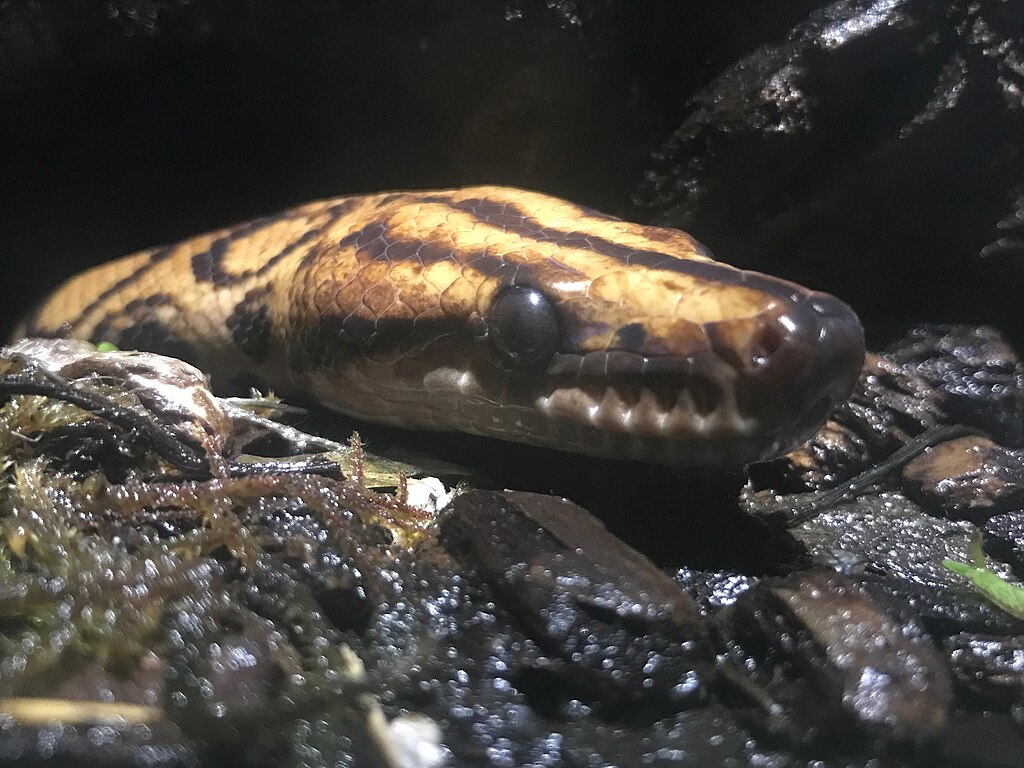
Health and Durability
While generally hardy, Brazilian Rainbow Boas are sensitive to poor husbandry. Common health issues include:
Potential Health Concerns
- Respiratory Infections: Caused by low humidity or cold temperatures (symptoms: wheezing, mucus).
- Dehydration: Signs include wrinkled skin and difficulty shedding.
- Mites: Check for tiny black dots around the eyes and scales.
Preventative Care
- Maintain humidity with regular misting and a humidity-friendly substrate.
- Quarantine new snakes to prevent disease spread.
- Regularly clean the enclosure to prevent bacterial growth.
With proper care, these snakes can live 20+ years, making them a long-term commitment.
Availability and Cost
Brazilian Rainbow Boas are readily available in the reptile trade, though prices vary based on morphs and lineage.
Where to Buy
- Reputable Breeders: Best for healthy, well-started juveniles.
- Reptile Expos: Great for seeing multiple options in person.
- Specialty Stores: Some carry them, but research the store’s reputation first.
Cost Breakdown
- Snake: $200 to $500 (common morphs); rare colors can exceed $1,000.
- Enclosure Setup: $300 to $600 (including heating, substrate, hides).
Pros and Cons
Pros
✅ Stunning iridescence—one of the most beautiful snakes in captivity.
✅ Manageable size (4–6 feet) compared to other boas.
✅ Docile temperament once acclimated to handling.
✅ Long lifespan (20+ years) for committed keepers.
Cons
❌ High humidity requirements—challenging in dry climates.
❌ Sensitive to overheating—strict temperature control needed.
❌ Not ideal for beginners due to specific care needs.
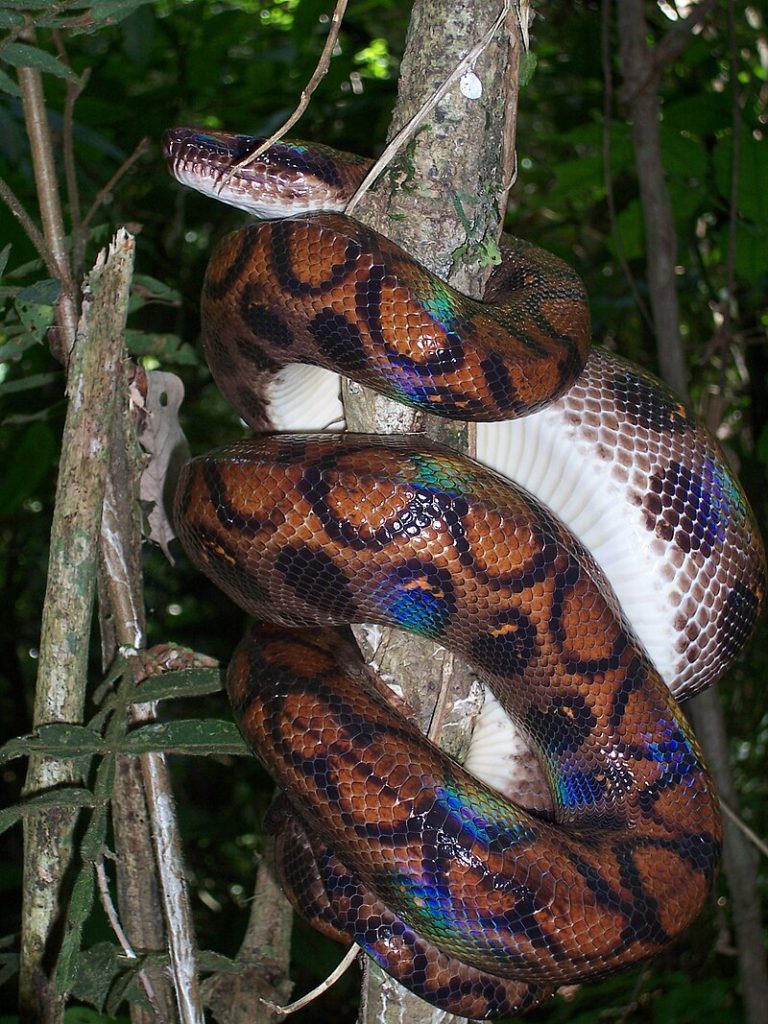
Final Thoughts
The Brazilian Rainbow Boa is a jaw-dropping pet snake that rewards dedicated keepers with its beauty and personality. While they demand consistent humidity and temperature management, their striking appearance and interactive nature make them a standout choice for intermediate to advanced reptile enthusiasts.
If you’re prepared for their care requirements, a Brazilian Rainbow Boa can be a lifelong companion that never fails to captivate. For those ready to take on the challenge, this “mini anaconda” is well worth the effort.
Have you kept a Brazilian Rainbow Boa? Share your experiences in the comments! For more reptile care guides, stay tuned to our updates. 🐍💎

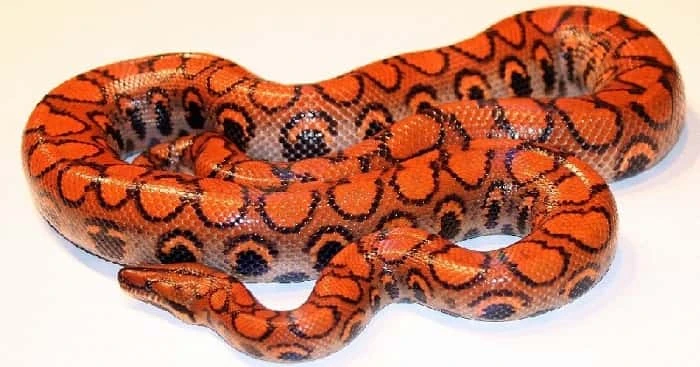

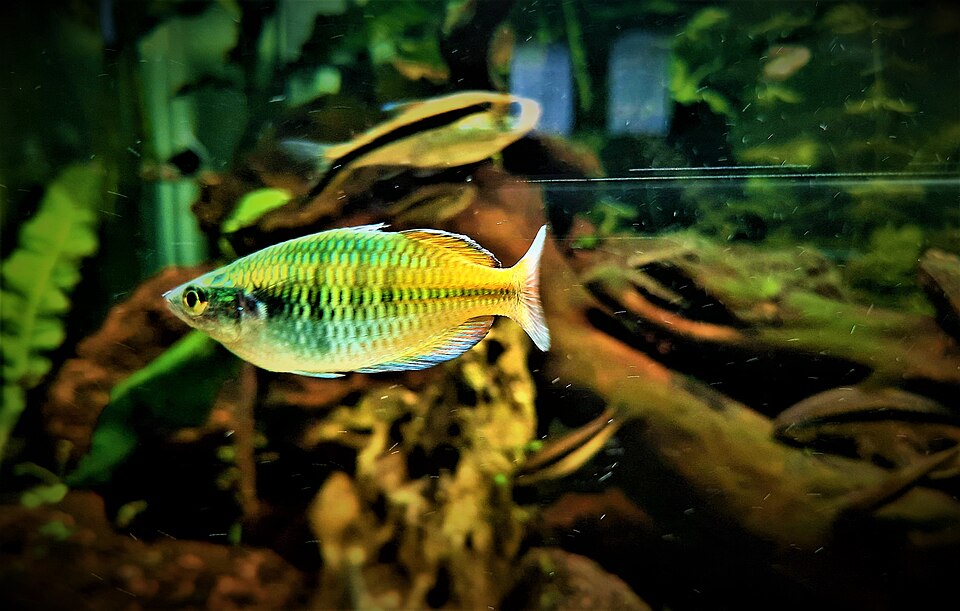
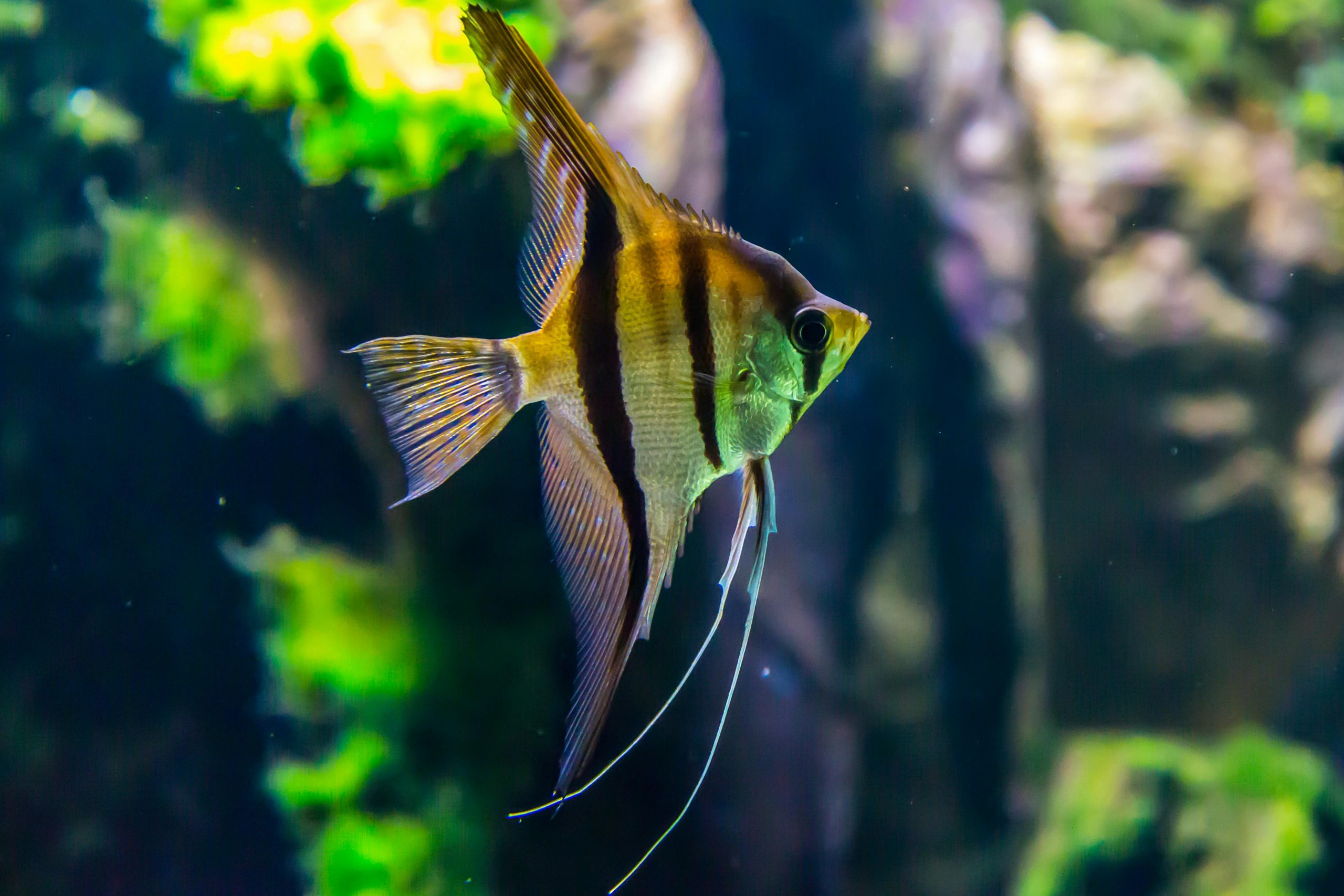
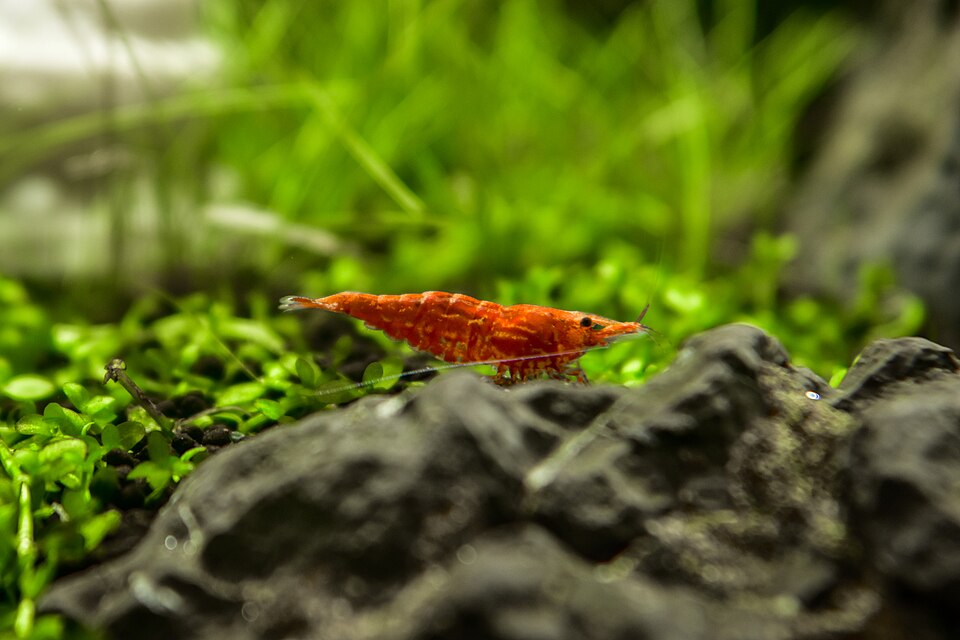


Leave a Reply